Past Appeals
Here are just some of the previous appeals which you have generously supported:
Climate Change Appeal
Our future? It's in your hands
Chaffinch Appeal
Spotted Flycatcher Appeal
Short-eared Owl tracking Appeal
Secure our Future Appeal
Help ensure BTO remains an excellent prospect for support in a volatile funding environment.
Tracking Arctic Skuas
BTO Owl Appeal
Cuckoo and Nightingale Appeal
Make our Science Count
Make a donation to help ensure that our voice is at the heart of post-Brexit decision-making on birds and their habitats.
BirdTrack Research Appeal
Help fund a research team who will harness BirdTrack data to understand declines in key summer migrant species.
BTO Curlew Appeal
Help fund our urgent package of research into the rapid decline of Curlew in the UK.
Farmland Bird Appeal
Help us to understand why farmland bird populations are struggling, despite conservation action, and find management solutions that work to help reverse their declines.
Changing Times
We want to understand why many population changes are taking place and BTO long-term datasets are the key to unlocking some of these mysteries. We have a mass of evidence from our wide range of surveys – Breeding Bird Survey, Bird Atlas 2007-11, Nest Record Scheme, Ringing, Garden BirdWatch and BirdTrack – which show how bird populations are changing - but what we need to find out now is - why?
Garden BirdWatch Appeal
Thanks to our community of BTO Garden BirdWatchers we already know a lot about the birds and other wildlife using gardens but, with the importance of gardens only just now being recognised, there are some key questions that remain unanswered. With your help we can tackle them.
Autumn Appeal 2012
Thanks to all those who supported this appeal. With your help we managed to fund the work needed to complete the Nightingale and Chats surveys, support Nightingale and Cuckoo tracking, develop BirdTrack to increase the number of people using it and begin a project looking at timing of moult using ringing data.
Nightingale Tracking Survey 2012-13
The Nightingale population declined by a staggering 53% between 1995 - 2008 (Breeding Bird Survey Data) and the Bird Atlas 2007-11 indicates that their range is continuing to contract towards the extreme south-east of England, despite massive, local conservation efforts in traditional coppice and scrub habitats.
Nightingale Survey
The Nightingale population declined by a staggering 53% between 1995 - 2008 (Breeding Bird Survey Data) and the emerging picture from Bird Atlas 2007-11 indicates that their range is continuing to contract towards the extreme south-east of England, despite massive, local conservation efforts in traditional coppice and scrub habitats.
Wintering Thrushes
During the winters’ of 2012/13 and 2013/14, thousands of volunteer birdwatchers took part in the BTO’s Wintering Thrushes Survey. Individual donations and BTO Corporate Members supported their efforts looking at how thrushes use the countryside throughout the winter; providing the evidence needed to assess the importance of the UK for the five wintering thrush species.
Cuckoo Tracking Appeal
Help us learn even more about one of the UK’s fastest declining migrants.
The Nightingale Appeal
The decline shown by the Nightingale is so great that the species would qualify for the Red List as a Species of Conservation Concern. We now plan to fund further research to investigate why these declines continue – whilst there are still sufficient birds to study.
BTO in Wales: A new vision
Since opening a BTO office in Scotland, ten years ago, we have seen how much more closely staff can work with birdwatchers and with conservation and decision-makers, simply because there is a BTO office within the country. We now plan to provide the same impetus in Wales.
Out of Africa
Our summer migrant birds face incredible challenges in their daily lives but none more so than their annual journeys to and from Africa, to escape the British winter and reach warmer climates, returning again in spring. However, numbers of our summer migrants, such as the Cuckoo and Swift, are declining and we need to understand why.
Bird Atlas 2007-11
Between 2007 and 2011 tens of thousands of volunteer birdwatchers recorded in the winter and breeding seasons for Bird Atlas 2007-11. All areas and habitats were covered, from villages, towns farmland and fens to remote mountains and far-flung islands. This stock-take of our birds is already revealing fascinating changes in the status of our birds and will shape the direction of conservation action over the coming decades.
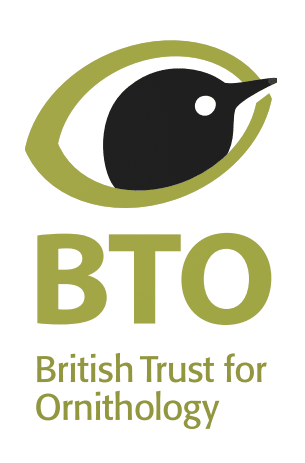
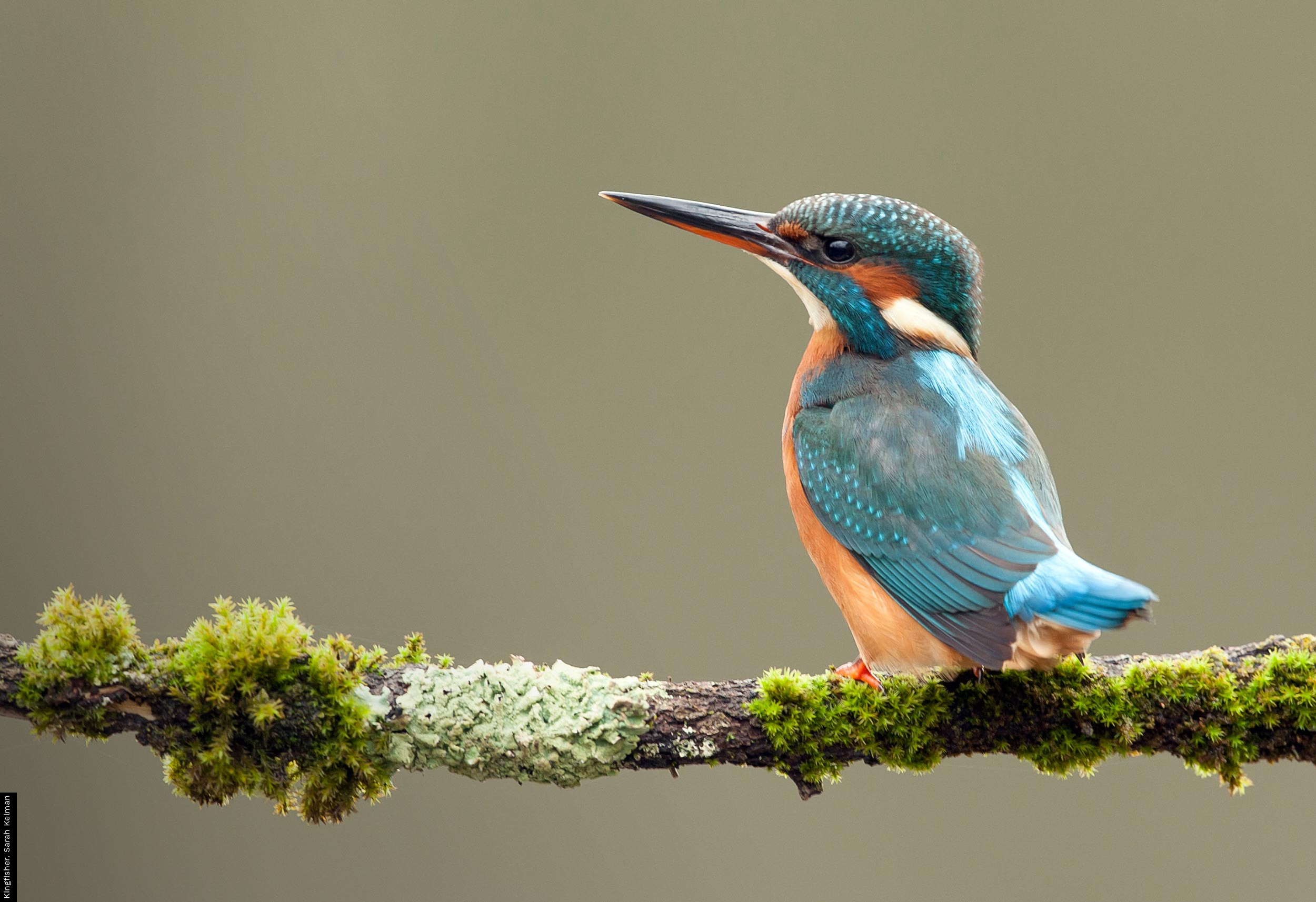








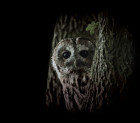
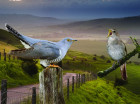

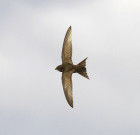
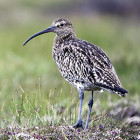
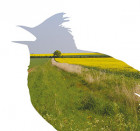



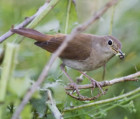



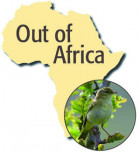
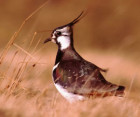
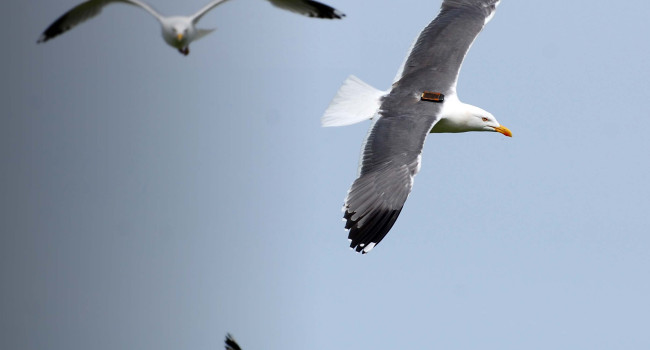
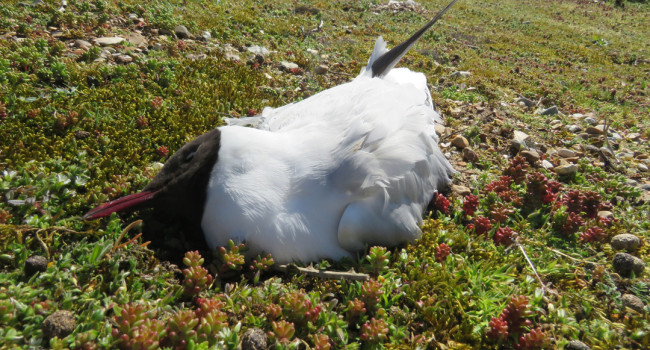
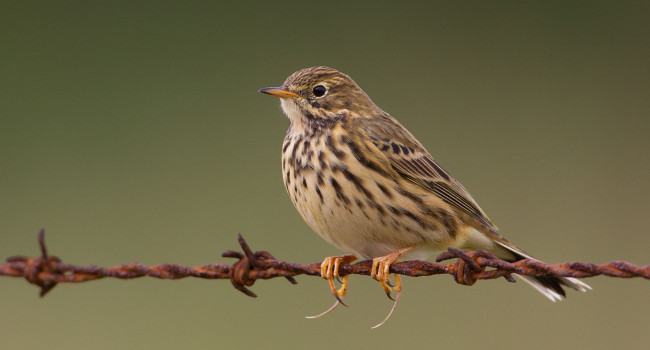

Share this page